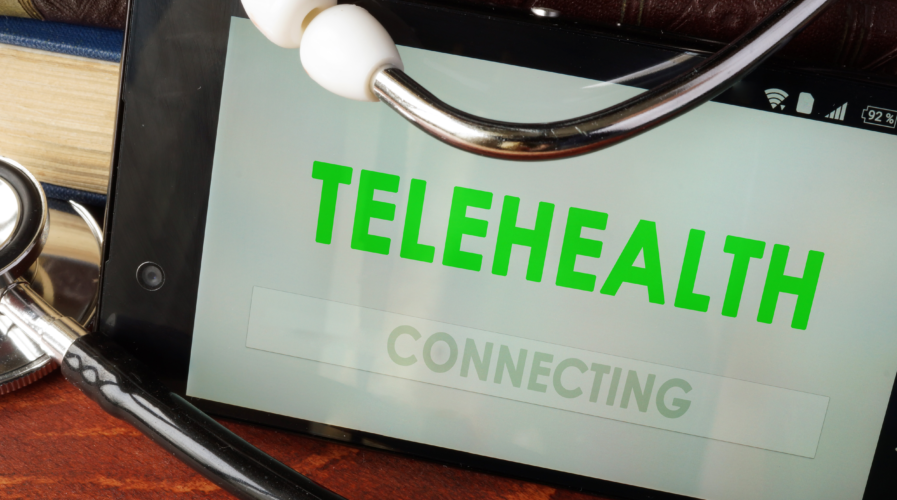
Source: Shutterstock
Zoom adds security as it enters telemedicine market
- The rise in telehealth popularity and the demand for more features has prompted new updates for Zoom for Healthcare, including security features
Telehealth services really came into their own in 2020, with technological and connectivity advancements meaning that when a health crisis arose early this year, online medical consultation platforms were able to lend a (gloved) helping hand when many hospitals and emergency services were overwhelmed.
2020 also saw a little-known video conferencing service called Zoom really take off, as millions started using the app for personal and business use. With its market value skyrocketing this year, Zoom began rolling feature updates including previously absent security encryption, to better round out its features set and become a regular competitor to the likes of Google Meet.
“It’s just a huge responsibility because it’s been clear that the platform was in the right place at the right time to actually make this whole nightmare, for everyone, just a little bit better, and help to save businesses, help to save people’s education, help to actually make it possible to, you know, tolerate the lockdowns that we’ve all had,” was how Magnus Falk, Zoom’s CIO advisor, told it to Tech Wire Asia.
Zoom then introduced its telehealth service extension, dubbed Zoom for Healthcare in its updated business associate agreement. Zoom’s healthcare service is in compliance with protected health information acts like the Health Insurance Portability and Accountability Act of 1996 (HIPAA) in the US, and has helped to facilitate and conduct virtual doctors’ visits to connect medical communities over video calls.
Now, the company has introduced new features for its Zoom for Healthcare service. This expanded offering is likely to give healthcare organizations and providers access to more HIPAA-compliant features and capabilities – along with the ability to customize features to be allowed or disabled within the network.
Healthcare customers and administration will now have access to Zoom Phone, the cloud-based VoIP (voice over internet protocol) phone solution that features secure HD voice, call forwarding, recording, delegation, and voicemail transcription. Zoom Chat can now be quickly and securely used to communicate with colleagues, on-site or on-the-go.
Zoom sessions will be recorded to the cloud, with the company stating that patient health information is stored in a secure location, along with reporting data on the administrator dashboard. Additionally, administrators will have the flexibility to turn these settings on and off at the organization level, depending on the policies.
When enabled, Zoom’s advanced chat encryption will allow for secured communication where only the intended recipient can read the secured message. Other security features will finally allow Zoom for Healthcare to control session attendee admittance with individual or group entry, waiting rooms, required meeting passcodes, and locked room functionality. These features have been available for Zoom’s individual and user and business accounts for some time now.
Cybersecurity is a crucial factor for the successful uptake of telehealth solutions. The healthcare sector remains the most-targeted industry in terms of cyberattacks. A third of all data breaches happen in hospitals, and the number of breached personal records in the healthcare industry nearly tripled from 2018 to 2019, jumping from 15 million to 40 million. Patients’ personal data is a valuable commodity to cybercriminals.
A report by Deloitte highlighted that, if not managed correctly, telemedicine risks adding to the attack surface of the healthcare industry, risking security, privacy, and compliance with issues such as tech failures, lack of informed consent, complex identity management, and unpatched consumer software.
For the healthcare sector to realize its advantages beyond the pandemic, and for the telemedicine industry to prosper as a result, users will need to know and trust that their meetings are as private and confidential as the consultation room.
READ MORE
- Ethical AI: The renewed importance of safeguarding data and customer privacy in Generative AI applications
- How Japan balances AI-driven opportunities with cybersecurity needs
- Deploying SASE: Benchmarking your approach
- Insurance everywhere all at once: the digital transformation of the APAC insurance industry
- Google parent Alphabet eyes HubSpot: A potential acquisition shaping the future of CRM


